What do I do if I smell gas?
Do not turn electrical switches on or off.
Call us on 01775 680877
or Transco (formerly British Gas) on 0800 111999.
Transco deal with emergencies regardless of who supplies your gas.Transco will come out and Isolate and cap your gas supply at the meter IN ALL INSTANCES, they will not test for a leak. It is not their responsibility find and repair the leak.
I’m going on holiday. Should I do anything?
If your home is going to be left unoccupied for long periods of time it is advisable to
- Shut the main stopcock off (normally located under the sink)
- Leave the central heating on a timer for short periods to prolong the life of certain
components. The room thermostat should be turned to its lowest setting to limit waste - In the winter months it is advisable that a neighbour makes regularly checks on your
home. - Check your solar if a holiday setting on programmer
How do I prepare for an emergency?
We realise this sounds simple but, Read this document and familiarise yourself with your
system. Know what the components are and what they do.
Find where you can
- Isolate the whole house from outside the house / flat
- Isolate the whole house from inside the house / flat
- Isolate Basin hot and cold supplies
- Isolate W.C. supplies
- Isolate supplies to appliances, Dishwasher and washing machines
- Isolate hot water system
- Isolate individual showers
Being aware of these items and knowing the location and operation, before there is an issue. Will not only put your mind at ease, but ease any issues further down the line.
What do I do if my pipes burst?
Shut off the water at the main stop tap normally under the kitchen sink and open all taps to drain the system quickly. It would also be advisable to isolate the power to appliances such as the immersion heaters or shower, if you feel there is a possible risk etc.
How to I bleed radiators?
A cold spot at the top of your radiator is normally due to a build-up of air in the radiator. This can usually be cured by bleeding the radiator using a key, you normally do not need to bleed every radiator, as you will find that the air will gather in the same radiators.
If the radiator is almost full of air, no difference in temperature between the top
and bottom of the radiator will be felt, but in these extreme cases, the whole radiator will be cool. This will contrast with the rest of your central heating system where the other radiators will be hot to the touch.
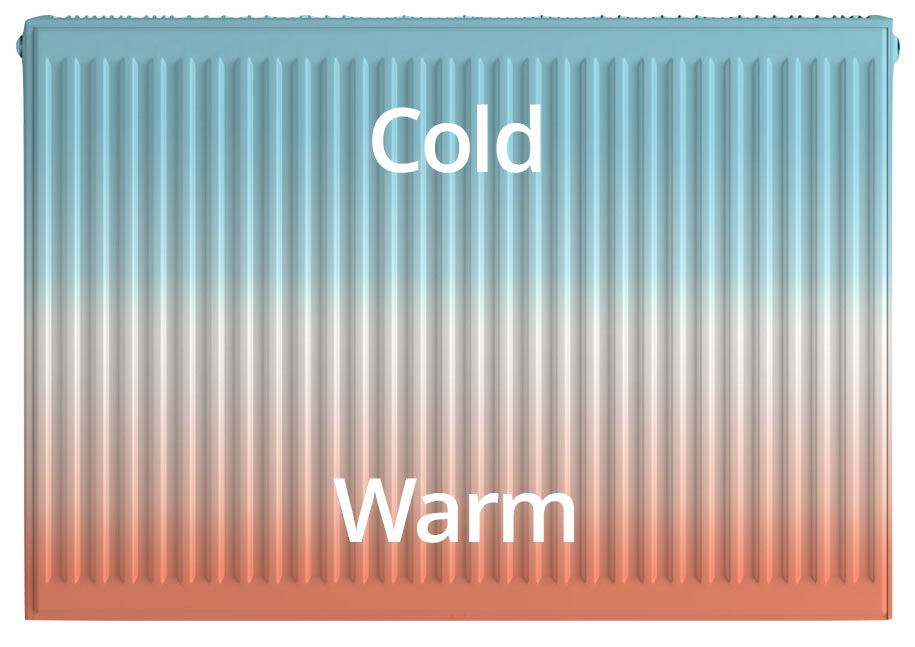
- Have a cloth ready to catch the drips as the water is usually dirty.
- It is advised to turn your heating off and let it cool as hot water will come out of the airvent.
- If you have a sealed system you will have to check pressure and re-pressurise the system, if required.
The procedure for radiator bleeding is relatively simple and safe. A bleed valve is installed near the top of the radiator, on one side. You want to open this valve to allow a small amount of air to escape from the top of the radiator whilst not allowing the water to flow out.
TAKE CARE when turning the valve. Have a cloth ready to shield your hand and a small bowl to catch any small drops of water which may escape. You do not want dirty water dripping on the floor.
Fit the bleed key into the bleed valve and carefully turn it counter clockwise only a tiny bit, usually just a 1/4 or 1/2 turn.
The air will start escaping with a hissing sound similar to a bicycle tire. When water begins to dribble out, all the air is purged, and you can gently return the bleed valve to its previous position.
You should then remember to turn the heating back on and check that there are no leaks from the radiator bleed valve.
Check the system pressure and top up if necessary, if you are only venting a minor amount it may be fine being left.
If radiator bleeding does not seem to improve the performance of your heating, especially if several radiators in your home are malfunctioning, there may be another problem, which needs investigating.

Should central heating be used in the summer?
It is a good idea to run the central heating system occasionally in the summer. This is because it will help to prolong the life of certain components, such as zone valves on the heating, as these can stick in the closed position and then when you come to want the heating on they burnout and fail trying to open.
My boiler is not working do I have back up for hot water?
If you have a cylinder storing your hot water you will have an immersion heater which will provide hot water if the boiler breaks down.
What is an immersion heater?
An immersion heater is an electric water heater that sits inside a hot water cylinder. They act a bit like a kettle to heat the surrounding water. Depending on the size of your cylinder you may have one or two immersions.
Immersion heaters are connected to their own power supply via a cable.
Immersion heaters are primarily used as a backup water heater (unless you have a direct cylinder).
You can turn your immersion heater on or off by simply flicking the switch on the wall socket.
A typical immersion heater uses 3 kilowatts of electricity an hour, so it will cost the average house about 30p an hour to run if running all the time, it will automatically turn off when it reaches the temperature you set on the thermostat. Most households will need to run an immersion heater for at least a couple of hours a day to get the water hot enough.
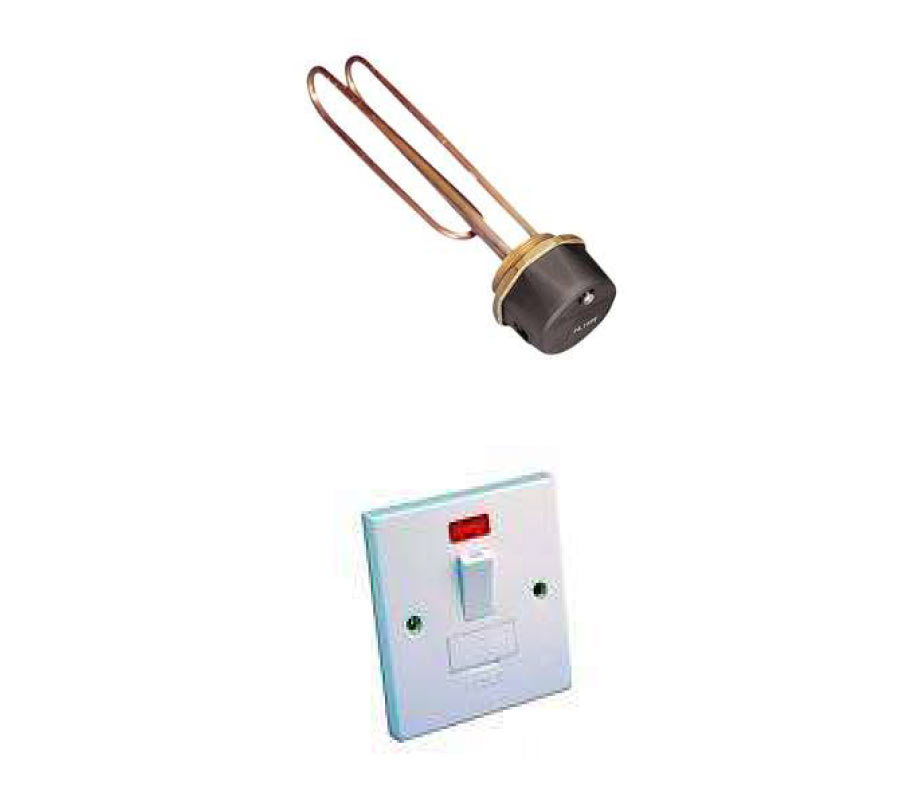
What is a condensing boiler
All boilers we install are condensing boiler. A condensing boiler transfers much of this wasted heat (exhaust gasses) to the water in the boiler to extract further heat, before it reaches the flue outlet.
During normal operation, condensing boilers lower the temperature of their exhaust gases below 100 °C, at which point plumes of water vapour can be seen coming from the flue outside.
What is a condense pipe?
The purpose of the condensate pipe is to vent moisture from your boiler safely to the external environment. In cold weather the pipe can freeze, even if insulated. If this happens then your boiler will automatically shut down and leave you without central heating and hot water.
Why is my water chalky?
This can be due to the source being from underground and the large amounts of dissolved mineral salts etc. Heating this type of water converts the bicarbonates to insoluble carbonate that appears white, flaky particles. It is safe to drink
Why is my tap water cloudy?
This can be down to several factors. Air in the water, these air bubbles are much smaller than a carbonated drink and you taste no fizz. It can enter the system where the water board has carried out works down the line or when the water system is pumped. It can also be from a result in the chlorine, which is added to disinfect the water. All are safe to drink.
Why do I have blue/green staining on my bathroom fixtures?
Green or blue water staining manifests itself shortly after a new plumbing system is put into continuous service and then eventually goes away. Notice of this situation occurs, and concern, generally arises, when it causes a slight blue or green discolouration in the water or, more commonly on surfaces that come in contact with the water such as baths and basins.
There are a number of processes that can cause this discolouration and staining, two of them much more common than the others. Regardless of the method the resulting discolouration occurs due to a fine dispersion of copper corrosion products in the water conveyed by the system. Elevated copper levels may be a result of either dissolved copper, particulate copper, or both. The majority of high copper level cases or “blue water” are caused by interaction between the copper tube wall and elements or compounds in the water.
It seems to occur most often when water high in bicarbonates has been allowed to stand in the piping system for some time, especially when exposed to high ambient temperatures. For instance, if a house is built and left standing while waiting for completion or occupancy during the heat of the summer months or the system has been running but no water been drawn off as not occupied. With frequent use you will find the staining ceases to occur
What is the best way to clean my bathroom suite?
Your bathroom suite and fittings are made of durable, high quality materials. However, to ensure they keep their looks and don’t scratch or tarnish, you need to be careful over your choice of cleaning fluids and materials. Acrylic baths, basins and shower trays should be cleaned as often as possible to prevent discolouration and the build-up of deposits like lime scale.
Avoid abrasive cleaning materials at all cost; the tiny scratches they leave will dull the finish of your bathroom over time and trap dirt and deposits.
Similarly, don’t use abrasive cleaners on taps and other fittings with a chrome finish to avoid scratching, flaking and corrosion.
Why are there rust spots in my kitchen sink?
Your kitchen sink is stainless steel and does not rust, these marks are from small iron and rust particles and not the sink itself.
To remove:
- Mix baking soda and white wine vinegar into a paste
- Spread onto the rust spots and leave for 10-20 minutes.
- Rub with your finger or a clothe so it penetrates the the rust spot.
- Leave for a further 10-20 minutes
- Wash off.
- Repeat if stain still present
My W/C seat hinges are rusty, how do I clean?
Hinges should be cleaned with non-abrasive cleaning products. If you find your hinges have rusted these can be cleaned with Brasso to remove the chemical build-up. If the hinges are kept free from direct contact for long periods of chemical cleaners and are kept dry this should reduce this type of build-up in the future.
My shower drips and sometimes dumps the water?
This is due to the water left in the shower head when the shower is turned off. The atmospheric pressure holds the water in the head and over a short period of time the seal is broken by the water and the head drips or dumps from the shower head, sometimes several hours after a shower.
You could try setting your shower to a massage setting, or change the position or shake the head after a shower and see if this stops it.
Why is the hot water from the bath not as hot as other taps in my house?
Under building regulations G3 which came into force in 2010, all new properties must have the temperature of the hot water supplied to the bath limited to no more than 48 °C. To do this a thermostatic blending valve is installed underneath the bath.
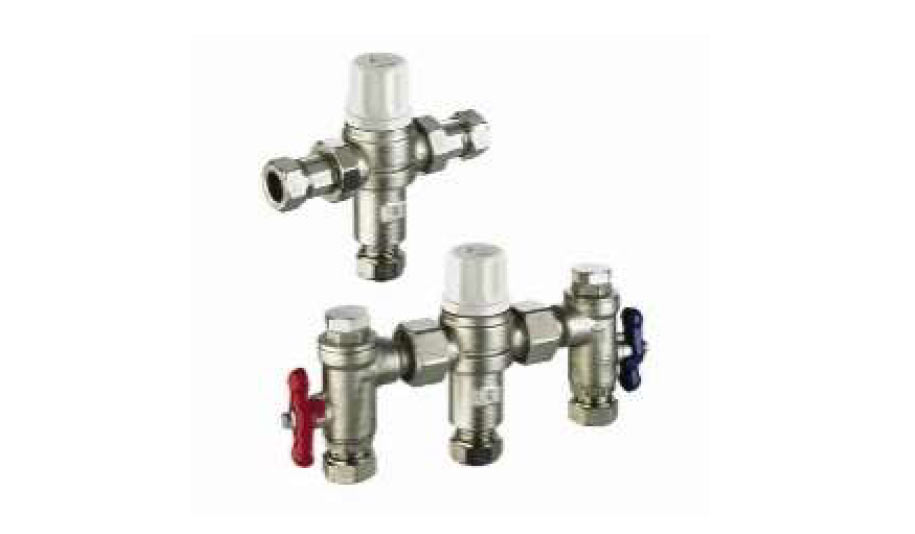
Why is my shower slow to drain?
The chances are that your shower’s drainage pipe has become blocked or that there’s a problem in the main drain further down. Hair tends to be the main culprit, getting trapped in the plughole and eventually clogging it completely. It may also be that soap scum and residue has combined with the hair to create a blockage or has collected over time to slow the flow of water. If the blockage is in your main drain, the causes range
from leaves to a breakage in the pipe.
Most the shower trays come with hair traps. To access the trap you have to remove the grill or mushroom cover (these normally just pop off or 1⁄4 turn), the hair trap can then be pulled or twisted out and cleaned of all the hair. You can also flush the trap with soda crystals followed by hot running water. This should clear any soap scum that may be building up.
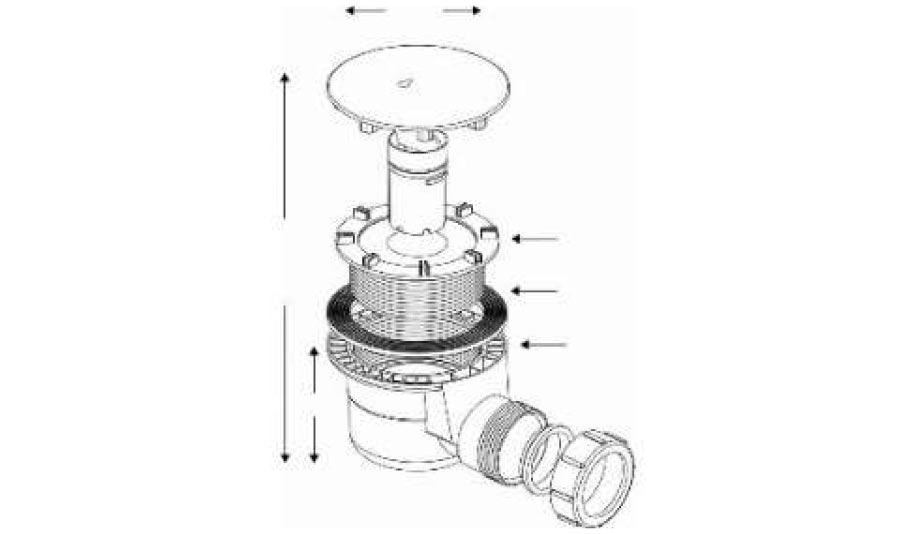
How do I defrost frozen condensate pipes?
Frozen pipes can cause real problems for your boiler, especially during the winter months.
So what is a condensate pipe, how exactly do they work as part of our central heating systems, and what should we do if they do freeze?


